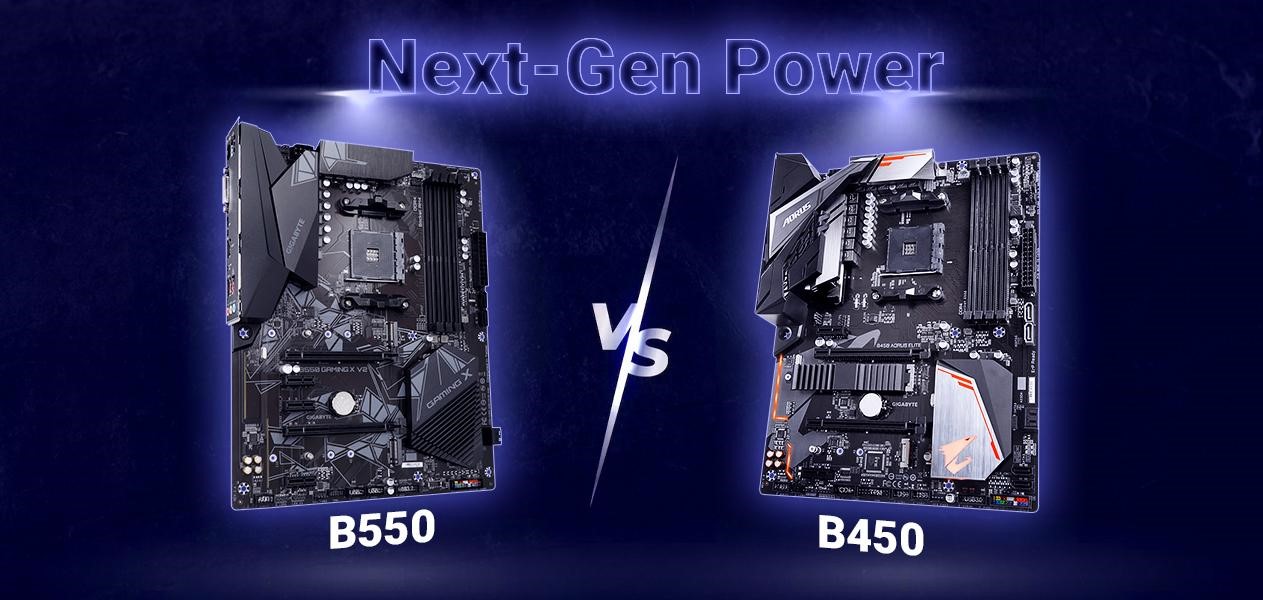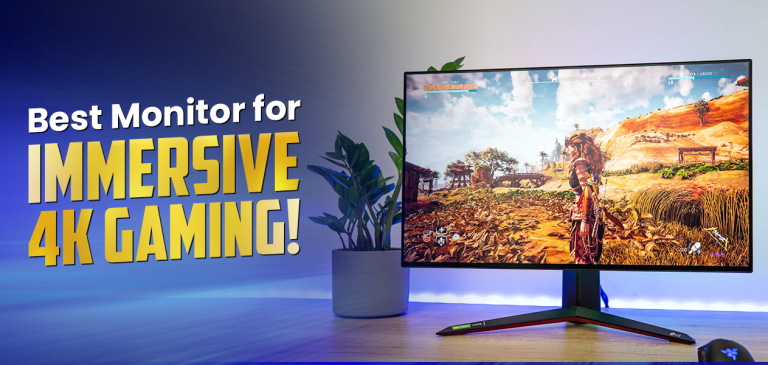How AMD B550 is a Better Motherboard Than a B450?
B450 and B550 motherboards have been used for many years because of their extraordinary features, which always stand out. While the cheaper B450 boards started at $120, most decent B550 boards cost less than $150.
Last year, AMD launched the b550 to highlight the high-quality features of the X570. Although expensive in the beginning, currently, it’s one of the most easy and well-balanced boards in the market. This article will compare the two and see if the latter is worth the additional markup.
In short, yes, it very much is, but if you’re interested in the technical details and specific advantages of the newer chipset, this one is a must. So follow our guide on differentiating B450 vs B550 and what sets them apart.
Features of B450

AM4 socket supports up to Zen 3 microarchitecture with the Ryzen 5000 (older AMD B450 models support the new series via an updated BIOS). The AMD B450 is the first budget series chipset that enables overclocking. It has enhanced CPU VRM and memory routing. The AMD B450 has 14 USB ports (2 of which are 10Gbps USB 3.1 Gen 2) and 6 maximum SATA ports.
It uses a PCIe 3.0 interface with 36 total PCIe lanes, 28 of which are usable. The reduced idle power draw of less than 2W means it can be cooled with an extremely tiny heatsink. The AMD B450 supports NVMe RAID.
Features of B550

AM4 socket supports Zen 3 microarchitecture out of the box, with Ryzen 5000 processors.
It is one of the best budget series chipsets, which enables overclocking. It has enhanced VRM and memory routing.
The AMD B550 has 14 USB ports, with four total SATA 3.0 ports. One of the first budget series chipsets to utilize PCIe 4.0 interface, with 38 total PCIe lanes, 30 are usable. Improved network connection, supporting up to 2.5Gbps via LAN and WiFi 6 for wireless connectivity. Supports NVMe RAID.
B450 vs B550: PCIe Support
From the PCIe interface, the improved AMD B550 has considerable power over the AMD B450.
The AMD B550 features PCIe 4.0 is twice as fast as the PCIe 3.0 on the AMD B450. PCIe 4.0 has a data rate of up to 16GT/s compared to 8GT/s on the AMD B450. This translates to 32GB for a PCIe x16 discrete GPU slot or 32GB considering bi-directional transfers. PCIe 4 also allows NVMe drives with transfer rates as high as 7GB/s.
B450 vs B550: Multi-GPU support

The AMD B550 boards are also the first B-series platform to support NVIDIA’s multi-GPU SLI technology and XFX. The older B450 platform only supported CrossFire. However, support for SLI and XFX is severely limited, with only one or two games out of every dozen showing substantial scaling with every additional GPU.
B450 vs B550: Network Speed
Network speeds are also a notch higher on the B550 boards. The newer chipset supports wired network speeds via LAN, reaching up to a whopping 2.5Gbps, more than twice as much as the B450 platform supports (1Gbps).
Furthermore, the AMD B550 supports WiFi 6, versus the Wifi 5 on the older AMD B450. Even though WiFi 5 is sufficient for most people, its top variant is superior because WiFi 6 has a maximum bandwidth of 10Gbps, which is around 3x more than the WiFi 5 as it has only 3.5Gbps.
B450 vs B550: Overclocking

AMD B450 comes with the first budget chipset and allows enthusiast-level overclocking support. Previously, it was only limited to the higher-end Xx70 boards; the AMD B550 also has this feature and supports overclocking for the memory and the CPU.
For someone who presently owns a higher-end B450 board, upgrading to a B550 might not be the considerate choice. But if your board lacks some of the main important features such as enhanced I/O, lighting, network, or HD/surround audio, which can be very helpful, then a B550 board may be a worthy upgrade, especially if you’re in the market for a new CPU. Nearly all OEMs have a Ryzen 5000/B550 bundle at great prices.






